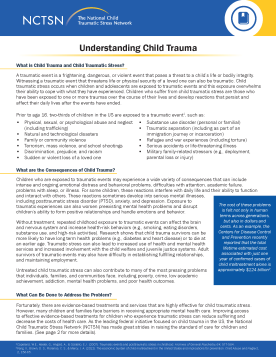
Understanding Child Trauma and the NCTSN
Provides an overview of child traumatic stress and the National Child Traumatic Stress Network.
Updated October 2024
The following resources on child trauma were developed by the NCTSN. To find a specific topic or resource, enter keywords in the search box, or filter by resource type, trauma type, language, or audience.

Provides an overview of child traumatic stress and the National Child Traumatic Stress Network.
Updated October 2024
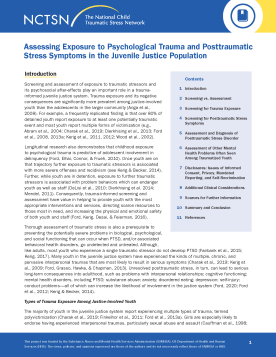
Explores the importance, clinical considerations, and approaches to assess for psychological trauma and posttraumatic stress in youth in the juvenile justice population. This fact sheet addresses challenges that are unique to assessment within the juvenile justice environment.
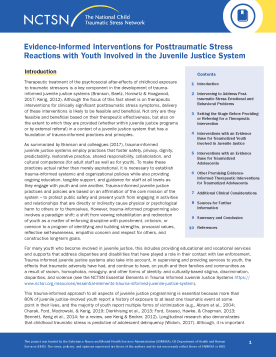
Describes evidence-informed interventions for youth involved in the juvenile justice system.
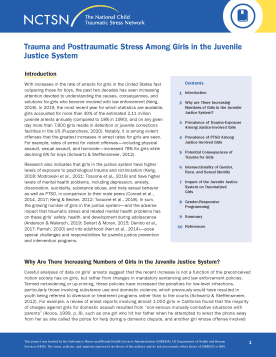
Gives details about the growing number of girls in the juvenile justice system.
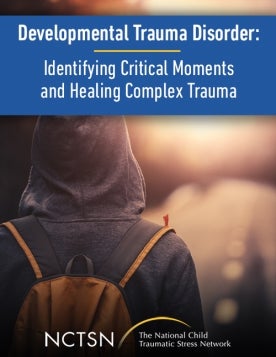
Introduces Isabella, an 18-year-old young adult with PTSD and a regular client of Dr. Gilda Rodriguez, has an intense dissociative reaction after a loudly slamming door triggers a flashback. Dr.

Offers information engagement, inclusion, and retention of children and families in trauma treatment.
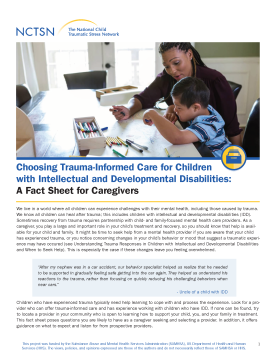
Provides information for caregivers on choosing trauma-informed care for children with IDD.
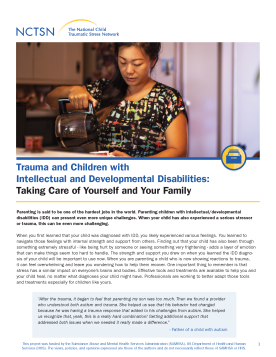
Offers guidance on the importance of taking care of oneself while parenting children with IDD.
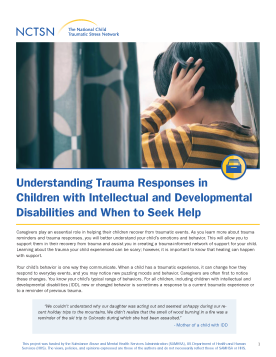
Outlines what responses to trauma could look like in children with IDD.
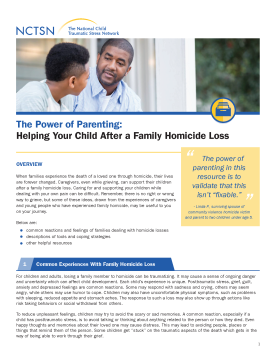
Offers parents and caregivers information to help support their children after the loss of a family member due to homicide.
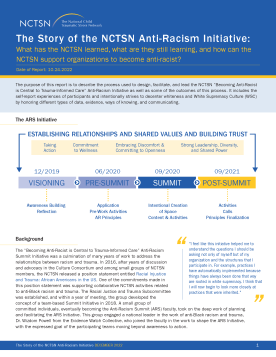
Tells the story of what the NCTSN has learned through the first Anti-Racist Summit Initiative, what they are still learning, and how the NCTSN can support organizations to become anti-racist.
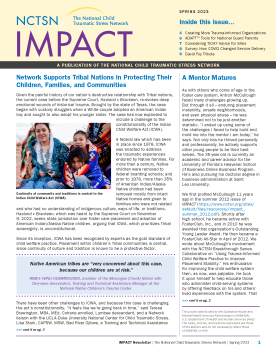
Offers readers in-depth coverage of the varied and committed work being done by our Network members.